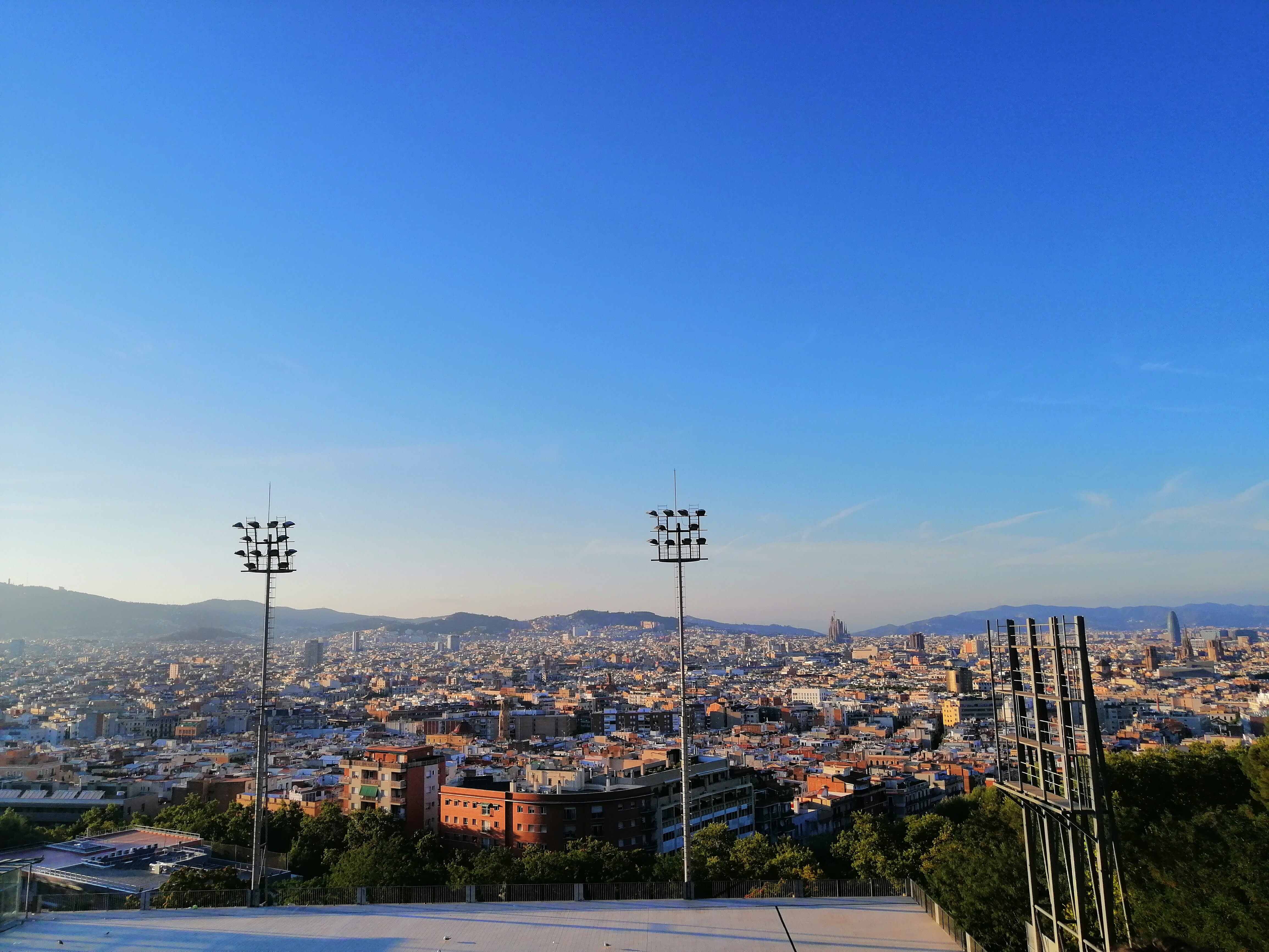
Barcelona Olympics Sites in Montjuïc: 5 Places You Have To Visit
Looking for some hidden gems on Montjuïc? In this post, I’ll share my recommendations on how to take advantage of an afternoon on this scenic hill to find some sports site, cool art, and hidden history. If you’re a sports fan and are interested in the Barcelona Olympics, even better, but this self-guided tour is fun for anyone.
But first, here’s a quick overview of when the Olympics came to Barcelona.
A look back at the Barcelona Olympics in 1992
Back in 1992, Barcelona wasn’t the city we know today. Many areas weren’t as developed, and a lot of people lived in poverty in the many shanty houses built on the Barcelona seaside by the workers of the World’s Fairs (1888 and 1929).
The Olympics gave a new shape to the city, and most of the changes were in Montjuïc, the hub for sports in 1992.
Here’s a list of what you can’t miss if you go for a walk in Montjuïc, and you want to see some really cool Olympics sites.
1. Lluís Companys Olympic Stadium
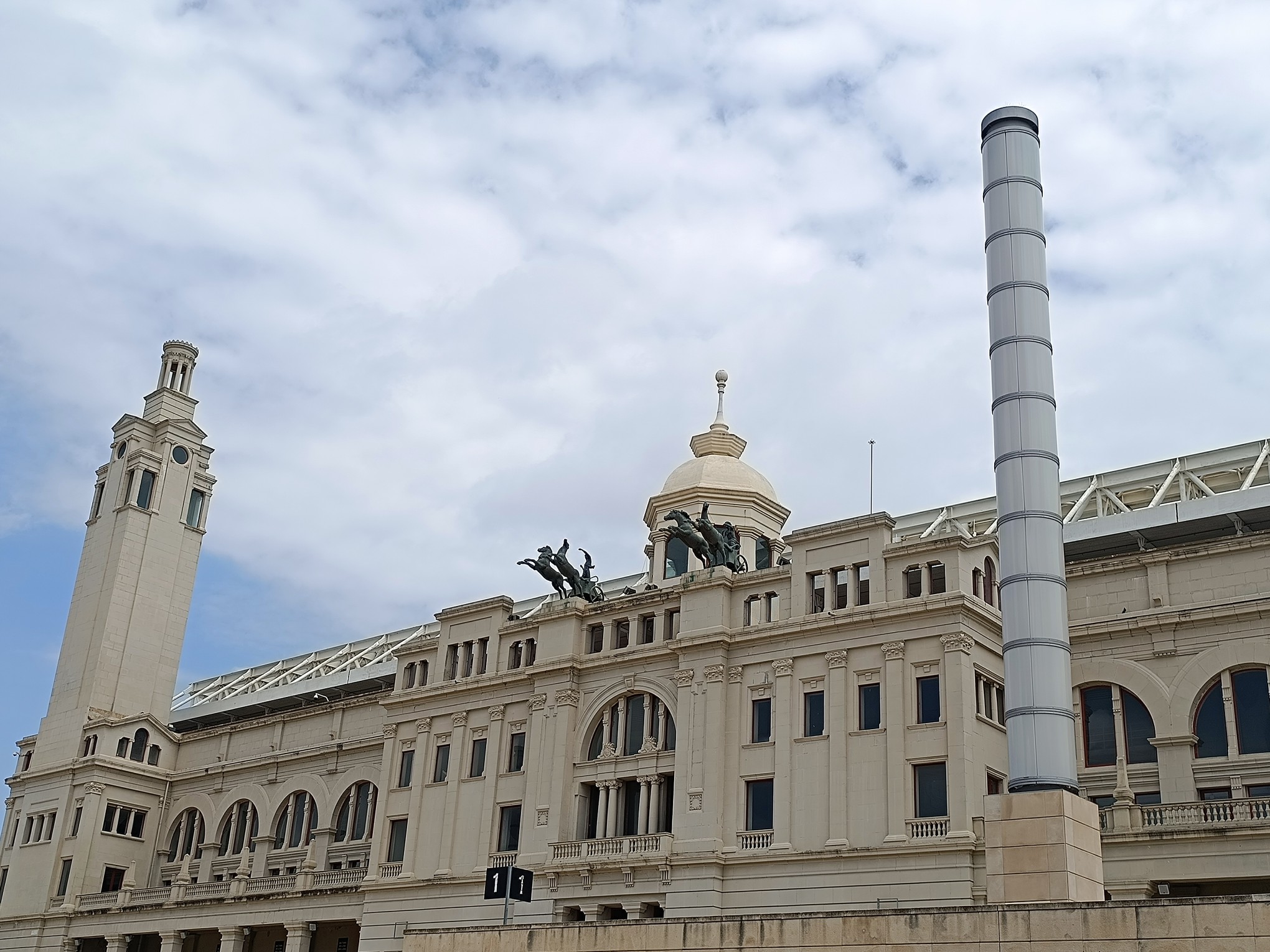
This stadium has actually a tricky name since — fun fact — it was not built for the Olympic Games! The stadium itself was actually designed for the 1929 World’s Fair and it was also used for the Mediterranean Games in 1955, as the plaque outside the stadium reminds us.
This huge building is now used for the biggest and most awaited concerts of the city such as those by Coldplay and Harry Styles!
2. The Olympic Ring aka Anella Olimpica
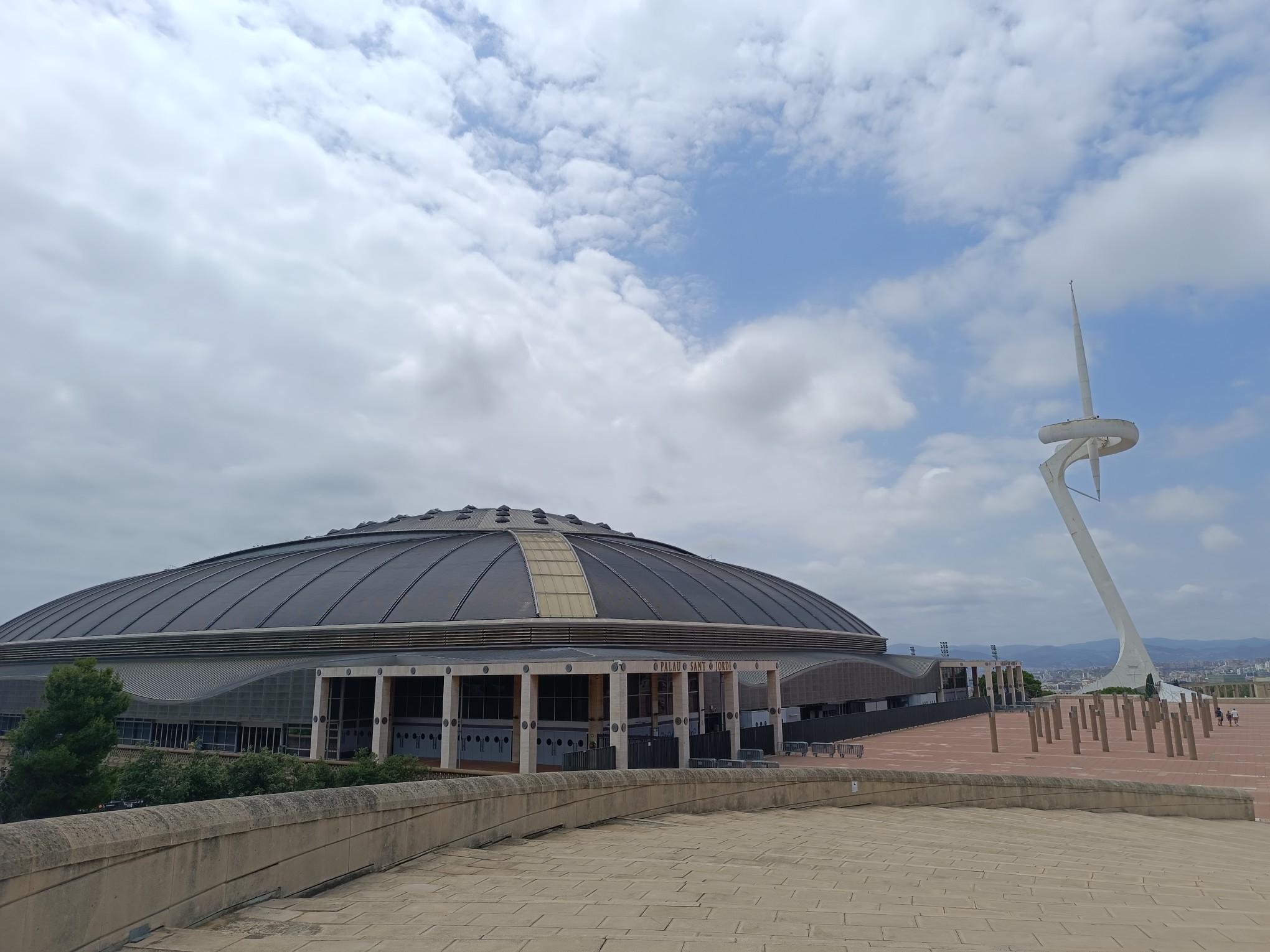
If you want to have an idea of how big the area dedicated to the Olympics Games was — also known as the Anella Olimpic — this is the place to visit.
Stand right in the esplanade, and you can see the Olympic Stadium, the Palau Sant Jordi, and the massive communication tower.
The tower was designed by Santiago Calatrava — a Valencian artist — and it represents an athlete holding an Olympic flame.
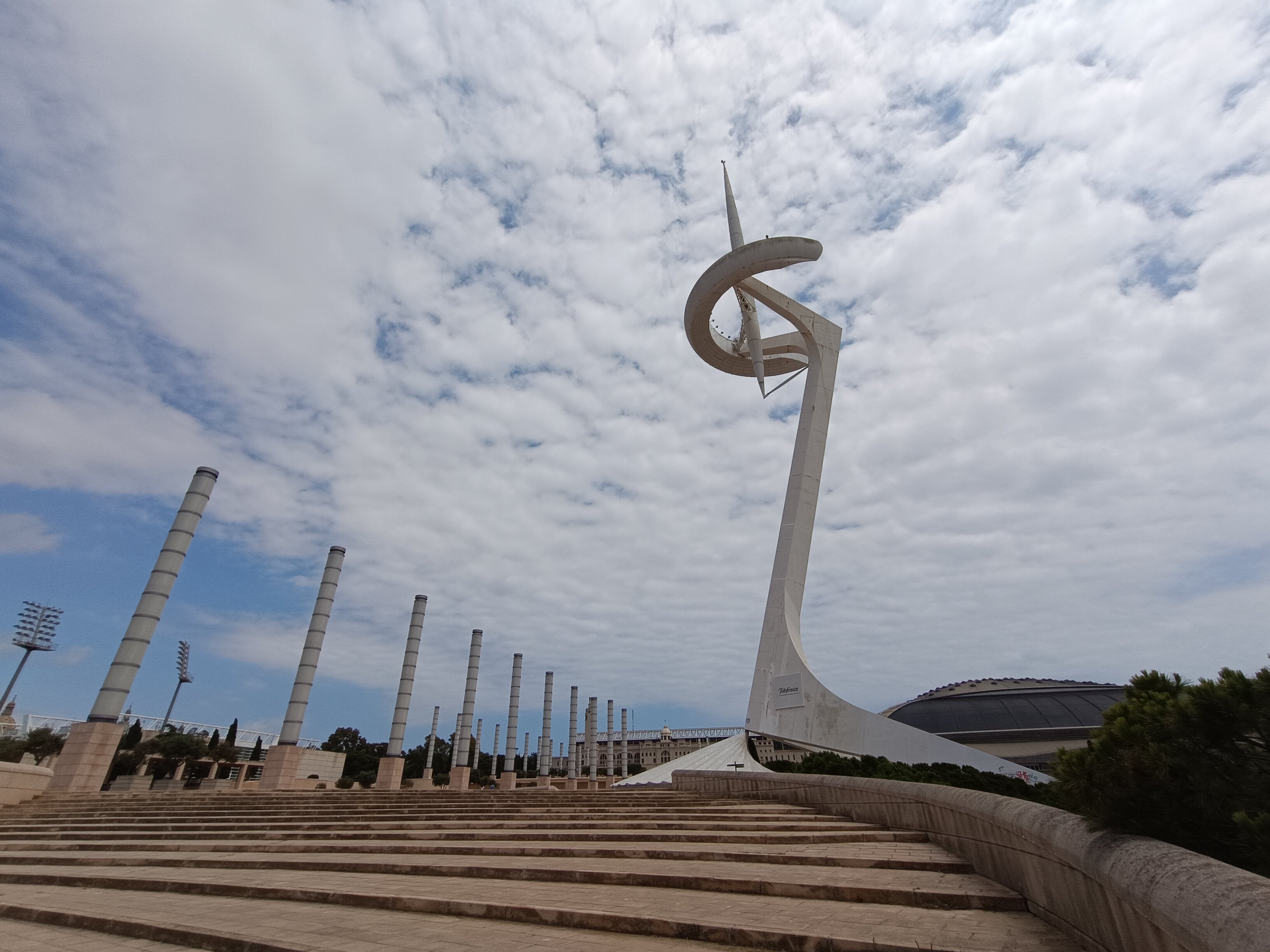
Guide tip: At the bottom of it, if you look closer, you can even recognize the trencadis, the traditional mosaic style used by famous Catalan architect Antoni Gaudí.
While the white tower is pretty impressive, the Palau Sant Jordi seems very little next to it, but it’s actually not so small. This arena, named after the Catalonia patron saint, is locals’ favorite venue for concerts. You can’t find a Barcelonian — including me! — who hasn’t been to a concert here.
Check out their lineup of upcoming events to learn more.
3. Montjuïc hidden gems left from the Olympics
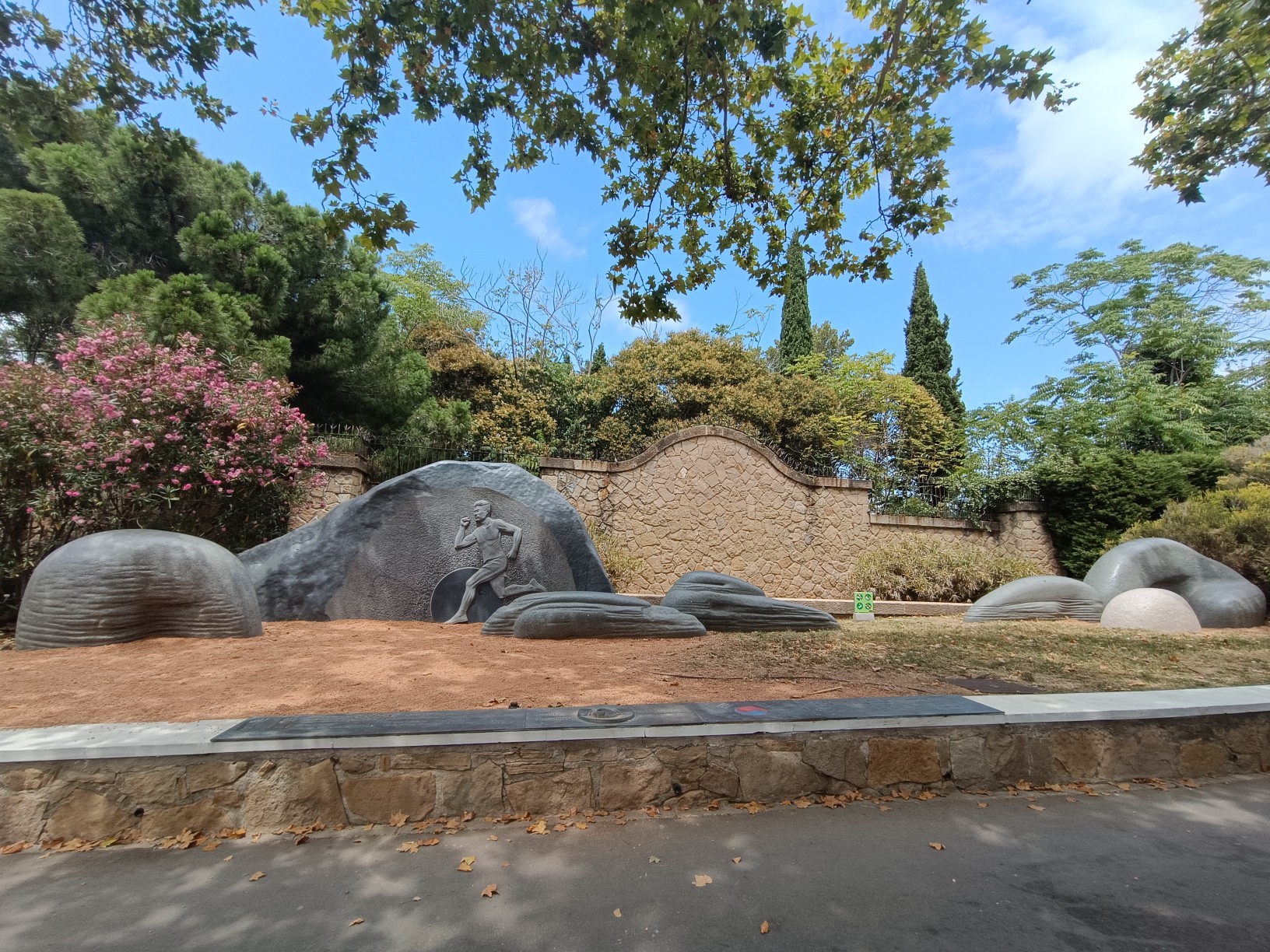
It’s true that the Olympic Games changed Montjuïc by giving it many impressive buildings, but all around the hill you can also find small details that remind us what happened here more than 30 years ago.
One of them is a small statue dedicated to the Korean winner of the 1992 Olympic Games marathon. The monument itself is a celebration of friendship between Spain and South Korea, written in both Catalan and Korean.
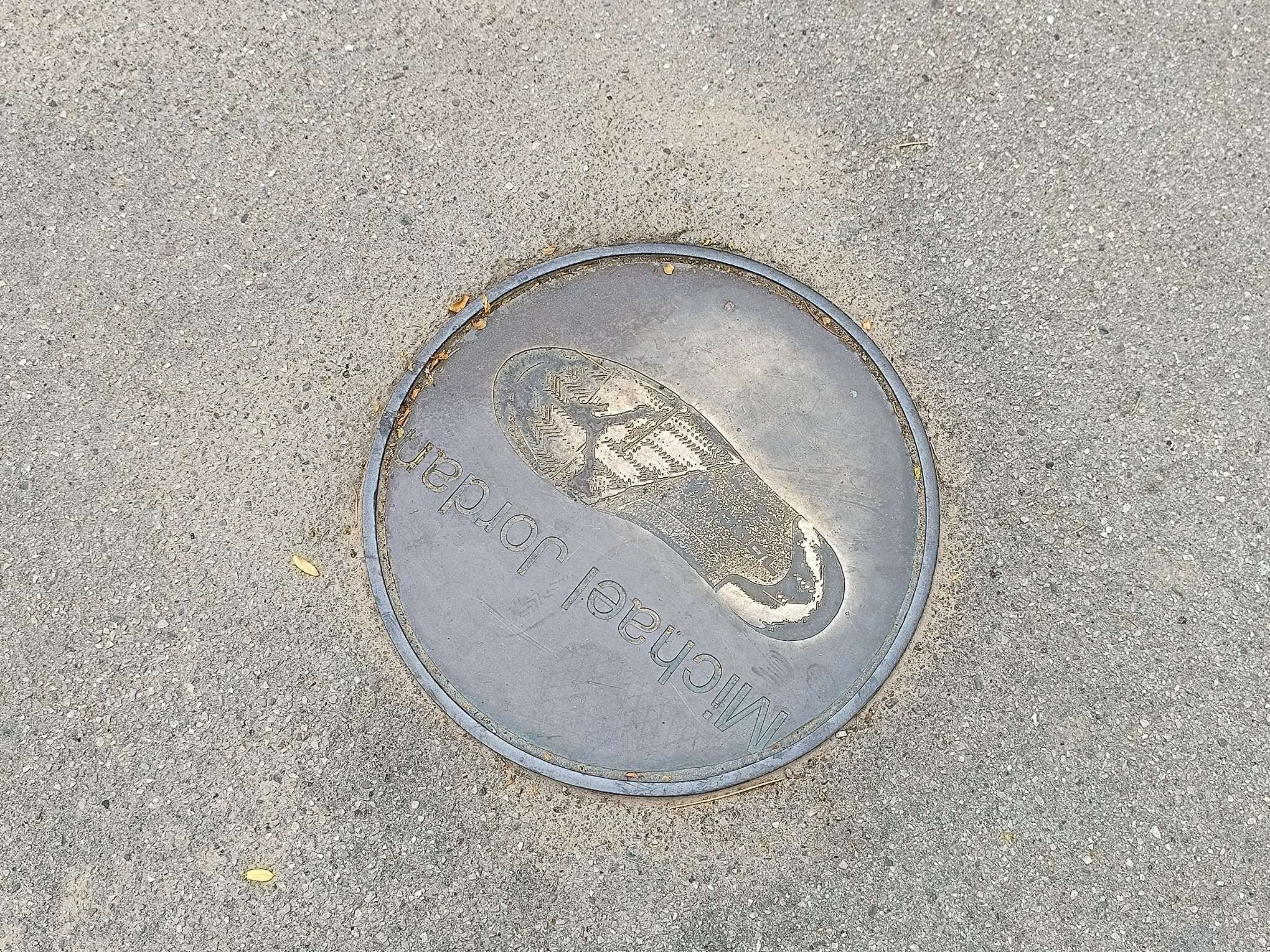
Another pretty interesting detail can be found outside the Olympic and Sports Museum. In the area that connects the museum to the Olympic stadium, several footprints were added as part of the Olympic Walk of Fame. The plaques were made using the real footprint of Olympic athletes.
These are just a couple of tips about the small details that the 1992 Olympics left here in Barcelona, but who knows? Maybe if you join our Montjuïc Walking Tour, you can find even more!
4. Olympic and Sports Museum
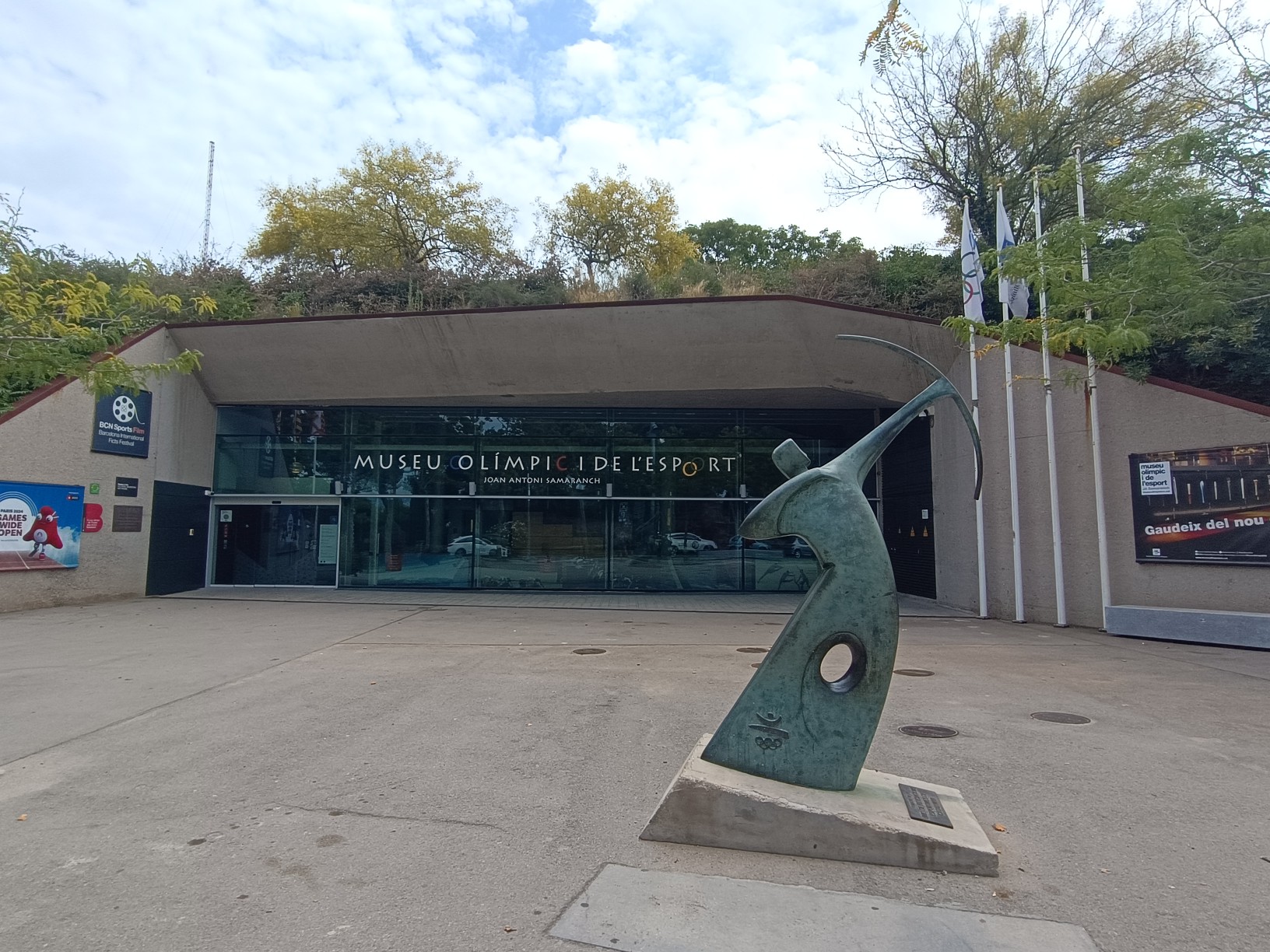
Among its many museums, Barcelona has one dedicated to sports and the Olympic games.
It’s called the Museu Olímpic i de l’Esport Joan Antoni Samaranch in Catalan, or Museu Olímpic i de l’Esport (Museum of the Olympics and Sports) for short.
It’s not far from the Olympic Stadium so you can see both on the same visit. The exhibits cover not only the games but also the history of sports in general.
The museum is divided into two floors where you can learn about both winter and summer Olympic Games, and you’ll have the opportunity to read original news from the 1992 games.
5.“Salts” pool with views and drinks

And here we come to my favorite place that the Olympics left us. On your way down from the Mirador del Alcalde on our Montjuïc tour, you’ll pass by a unique restaurant called Salts Montjuïc Terrassa Bar — “salts” means “jumps” in Catalan.
If you remember the springboard diving during the Barcelona Olympics with that spectacular view of the city in the background (shown above), this is where it happened. Today, you can stop in for a sandwich or tapas along with wine or beer, and enjoy your meal overlooking the Olympic swimming pool and Barcelona itself.
And if it’s summer, I recommend going for a swim too. It’s open to the public, and it’s owned by the city council so it’s quite affordable.
You can check hours and prices on their website.
The Barcelona Olympics legacy
Now that you know that the Olympics legacy is everywhere around Montjuïc, you just need to put your walking shoes on and go discover all these incredible locations. The Barcelona Olympics Games changed the face of the city in more ways than one, and its legacy remains today.
If you want to know more, book our Montjuïc Walking Tour, where you can also enjoy the art and the many gardens this hill has to offer.